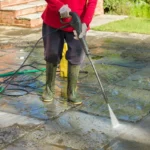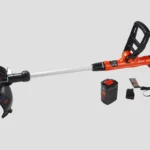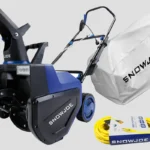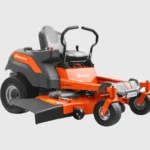Choosing the right riding lawn mower or tractor can transform the chore of lawn maintenance into a quick and even enjoyable task. Whether you’re tending to a sprawling estate or a large backyard, the right machine can save you time and effort.
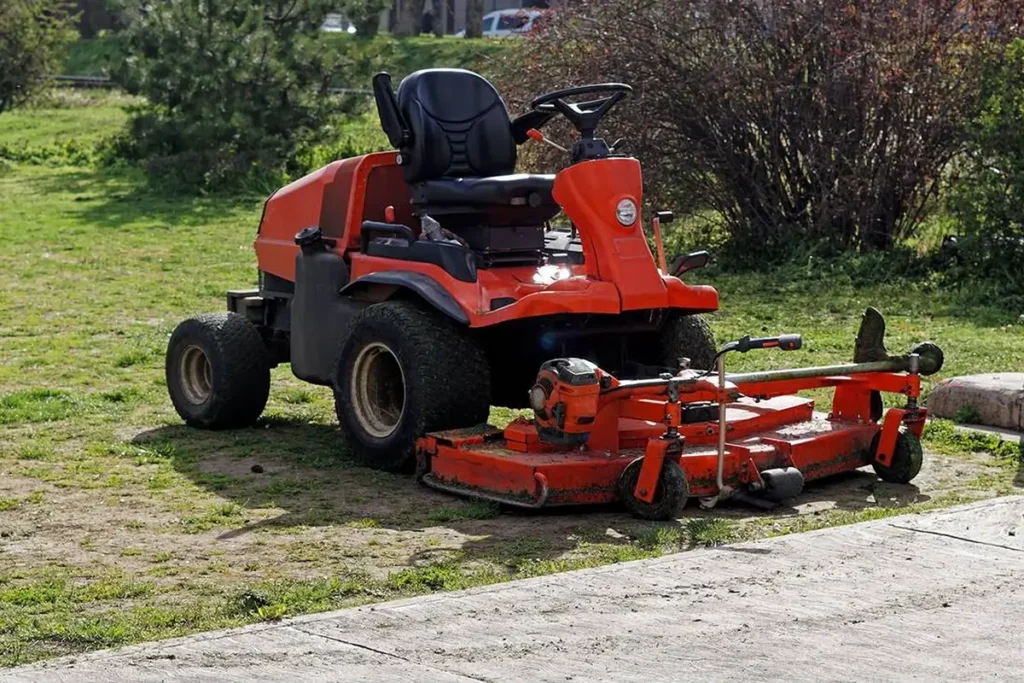
Let’s discuss what you need to know to make an informed choice.
Types of Riding Lawn Mowers
1. Lawn Tractors
Lawn tractors are the go-to choice for many homeowners. These versatile machines are great for cutting large, relatively flat lawns. They feature a powerful engine mounted in the front, similar to a car, and offer a variety of attachments like snow blowers and baggers, making them a year-round asset.
2. Garden Tractors
Garden tractors are the beefier siblings of lawn tractors. They boast higher horsepower and sturdier build quality, making them suitable for heavier tasks beyond mowing, such as tilling and hauling. If you have a large property with multiple landscaping needs, a garden tractor could be your best bet.
3. Zero Turn Mowers
Zero turn mowers are the sports cars of the mowing world. They offer unparalleled maneuverability with their tight turning radius, thanks to a unique steering system that allows the mower to pivot on the spot. Perfect for lawns with intricate landscaping, flower beds, and trees, these mowers can cut down your mowing time significantly.
4. Rear Engine Riders
These mowers are compact and easy to store, ideal for smaller lawns. The engine positioned at the back provides a clear line of sight and better control for tight spaces. They might not pack the same power as lawn or garden tractors, but they’re a practical choice for urban or suburban homes with limited storage.
Key Considerations Before Buying
1. Size of Lawn
Matching the mower to your lawn size is crucial. For properties up to half an acre, a rear engine rider or a small lawn tractor will suffice. Larger lawns, up to two acres, might require a more robust lawn or garden tractor. For anything bigger, consider a garden tractor or a zero turn mower.
2. Terrain Type
If your lawn is flat, most mowers will do the job. However, hilly or uneven terrain demands a mower with good traction and stability. Garden tractors and certain zero turn mowers are designed to handle such challenges.
3. Deck Width
The deck width determines how much grass the mower can cut in a single pass. Smaller decks (30 to 42 inches) are suitable for narrow spaces and intricate lawns, while larger decks (up to 60 inches) can handle extensive areas more efficiently.
4. Engine Power
Engine power affects both the cutting performance and the mower’s ability to handle additional attachments. Measured in horsepower (HP), a higher HP generally means better performance. For typical residential use, 18 to 25 HP is common, while professional-grade mowers might exceed 30 HP.
Features to Look For
1. Transmission Types
- Manual: Offers more control over speed and power, but requires more effort to operate.
- Automatic: Easier to use, similar to a car’s automatic transmission, but can be less efficient.
- Hydrostatic: The smoothest and most versatile option, offering infinite speed control through fluid dynamics.
2. Cutting Options
Modern mowers offer a range of cutting options:
- Mulching: Cuts grass into fine pieces that return to the lawn as fertilizer.
- Bagging: Collects clippings in a bag for easy disposal.
- Side Discharge: Ejects clippings from the side, ideal for less frequent mowing.
3. Comfort and Usability
Comfort is key for longer mowing sessions. Look for adjustable seats, ergonomic steering wheels, and easy-to-reach controls. Some models also offer cruise control and cup holders for added convenience.
4. Durability and Maintenance
Sturdy construction materials, like heavy-duty steel for the frame and deck, ensure longevity. Features like easy-access maintenance points, washable air filters, and tool-free blade replacement simplify upkeep.
5. Attachments and Accessories
Attachments can transform your mower into a multi-functional tool:
- Bagger systems: For easy grass clipping collection.
- Tow-behind carts: For hauling materials around your property.
- Snow blowers: Convert your mower for winter use.
- Aerators and dethatchers: Enhance lawn health by allowing air, water, and nutrients to penetrate the soil.
Safety Features
Safety should never be compromised. Essential features include:
- Roll bars: Prevent the mower from tipping over.
- Automatic shutoff: Stops the blades if the operator leaves the seat.
- Safety switches: Disable the engine if certain conditions aren’t met, like the parking brake not being engaged.
Cost and Budget Considerations
Riding mowers come in a wide price range. Basic models start around $1,000, while high-end garden tractors and zero turn mowers can exceed $5,000. When setting your budget, consider the initial purchase price, as well as the cost of maintenance, attachments, and potential repairs.
Top Brands and Models
1. John Deere: Known for reliability and performance, offering a range of models from entry-level to professional-grade.
2. Cub Cadet: Offers excellent value with a variety of user-friendly features.
3. Husqvarna: Popular for robust construction and versatile functionality.
4. Toro: Specializes in zero turn mowers with advanced cutting technology
Conclusion
Choosing the right riding lawn mower or tractor involves considering your lawn size, terrain, and personal preferences. With the right machine, mowing can become a task you look forward to, rather than a chore.

Matthew Dowell
Matthew, a seasoned builder from a family of craftsmen, leads Tools Trove. His passion for tools and decades of hands-on experience fuel his commitment to providing expert reviews and insightful content. Whether you’re a pro or a DIY enthusiast, Matthew’s guidance ensures informed decisions in the world of tools.

